Snub Nose PKM - The PKZ Machine Gun

In June 2024, Izvestiya reported that a new experimental machine gun had been developed in Russia. This weapon is named the PKZ and was created in Perm at OOO Labi, the Design Bureau Perm Designers for Victory. The small company started out producing new ammunition cans for the PKM, which inspired him to kit for the PKM. The PKZ is a significantly shorter version of the PKM, though I could not find any specific barrel length. It was noted that this machine gun was developed for use in what is referred to as the Special Military Operation (SVO), which pertains to the Russo-Ukraine War.
Andrey Malkov, “Labi,” developed his concept based on the standard PKM and created a light assault machine gun. The original name in April 2024 was called the KPL Light Machine Gun Carbine (Карабин-Пулемет Легкий (КПЛ)). Around June 2024, it was changed to PKZ.
The machine gun is advertised as weighing approximately 15.4 lbs. (7 kg); in comparison, a standard PKM weighs 16.5 lbs. (7.5 kg). The reports indicate that the PKZ is 3.30 lbs. (1.5 kg) lighter than the PKM machine gun, so one of these numbers may be slightly off. Depending on the stock, the weapon can be 33.5 inches (850 mm) or 31 inches (790 mm) long. A soft ammunition pouch with polymer disintegrating links would further drop the weight of the combat load out.
This is not a new weapon but a modernization of the PKM, converting the PKM into a short assault machine gun. This modernization starts with an upgrade kit consisting of a snub nose barrel, compact or sub-compact stock, and pistol grip assembly that covers the original trigger and is operated via a linkage to fire the weapon; this housing moves the trigger forward from its original location due to the short stock and moving the operators firing hand forward. Other accessories are the cheek piece, bipod, and optics mounts. This kit attempts to replicate the layout of the M-60 machine gun, which is more of a quasi-bullpup; this reduces the overall length.
The weapon becomes more maneuverable with such a short barrel, however, the muzzle flash and concussion from the muzzle blast would be extremely intense for the operator. A suppressor would be necessary for this weapon for the operator's comfort. This system would be suitable for mission sets that involve short spurts of fighting rather than prolonged engagements, but that's something for special blurry-faced men. Compared to your grunt, which will fight for hours in certain situations, this could be a viable option once it matures for specialized units. But I don’t see your typical conscript rocking a snub nose PKM.
I have shot PKMs with chopped barrels with no issue. Still, the PKZ does raise the question of whether reducing that short has any adverse effect on its reliability or if any adjustments are needed to the gas system for reliable operation in different atmospheric and environmental conditions. We have seen no publicly available live fire yet, only a mock-up of the weapon. However, in one interview, the designer notes live fire testing.
The Izvestiya article states that the PKZ is being tested, but the scale and organizations involved are unknown. As some of us know, the special forces PKP-SP has been in the works for over 10 years. However, some upgrades go faster, such as the multiple iterations of the AK-12 upgraded during the Russo-Ukraine War.
Thoughts
The PKZ's reduced weight would enhance mobility and minimize fatigue, making the gun easier to manipulate and maneuver. However, there are trade-offs to consider. For example, a shorter barrel decreases both effective range and kinetic energy. On the positive side, these weapons are designed for close-quarters engagements, where limited range is less of a concern.
As the PKZ matures, I am interested in which organizations might adopt it. The concept is very interesting, so I, of course, would like to test one out myself. Until more information becomes available, I will leave it at that, but I will gladly provide updates once I learn more.
Sources:
- https://military.pravda.ru/news/2041874-ruchnoi-pulemet/
- https://iz.ru/1711727/2024-06-13/rossiiskie-konstruktory-razrabotali-novyi-kompaktnyi-pulemet-pkz
- https://labi.ru/?option=com_k2&view=itemlist&task=user&id=47020
- https://t.me/s/kbzapobedu
- In the Z style: a compact light machine gun has been developed in Russia - ВПК.name

Lynndon Schooler is an open-source weapons intelligence professional with a background as an infantryman in the US Army. His experience includes working as a gunsmith and production manager in firearm manufacturing, as well as serving as an armorer, consultant, and instructor in nonstandard weapons. His articles have been published in Small Arms Review and the Small Arms Defence Journal. https://www.instagram.com/lynndons
More by Lynndon Schooler












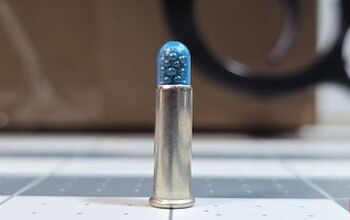
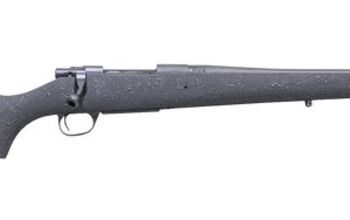

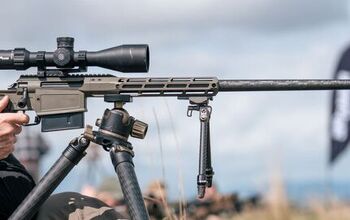

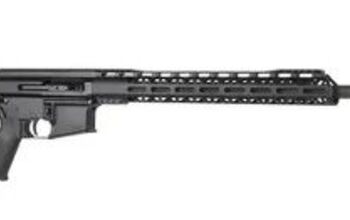
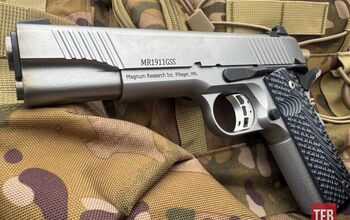
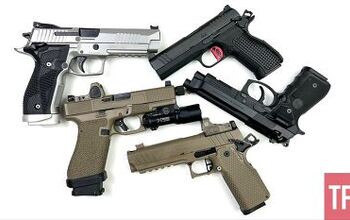
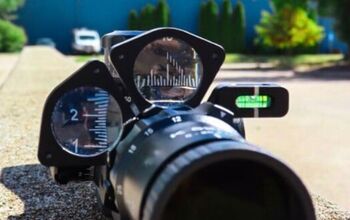
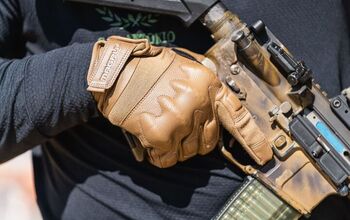

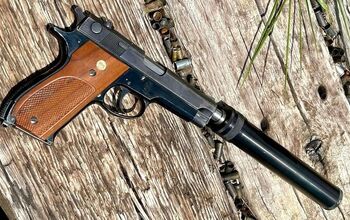

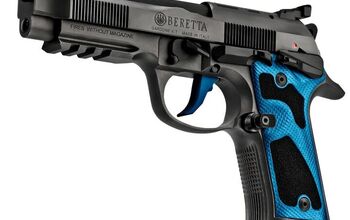
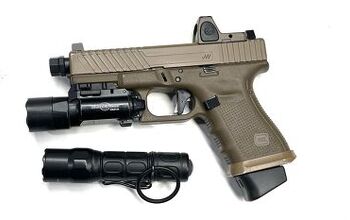
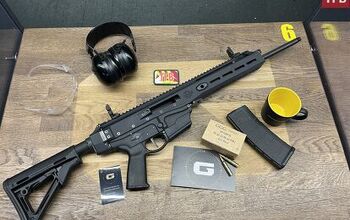

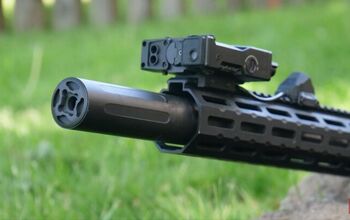
Comments
Join the conversation
Oh no! It has the dreaded “shoulder thingy that goes up”!
Oh man, that’s ugly, and I say that as someone who adores the weird Russian guns. D: